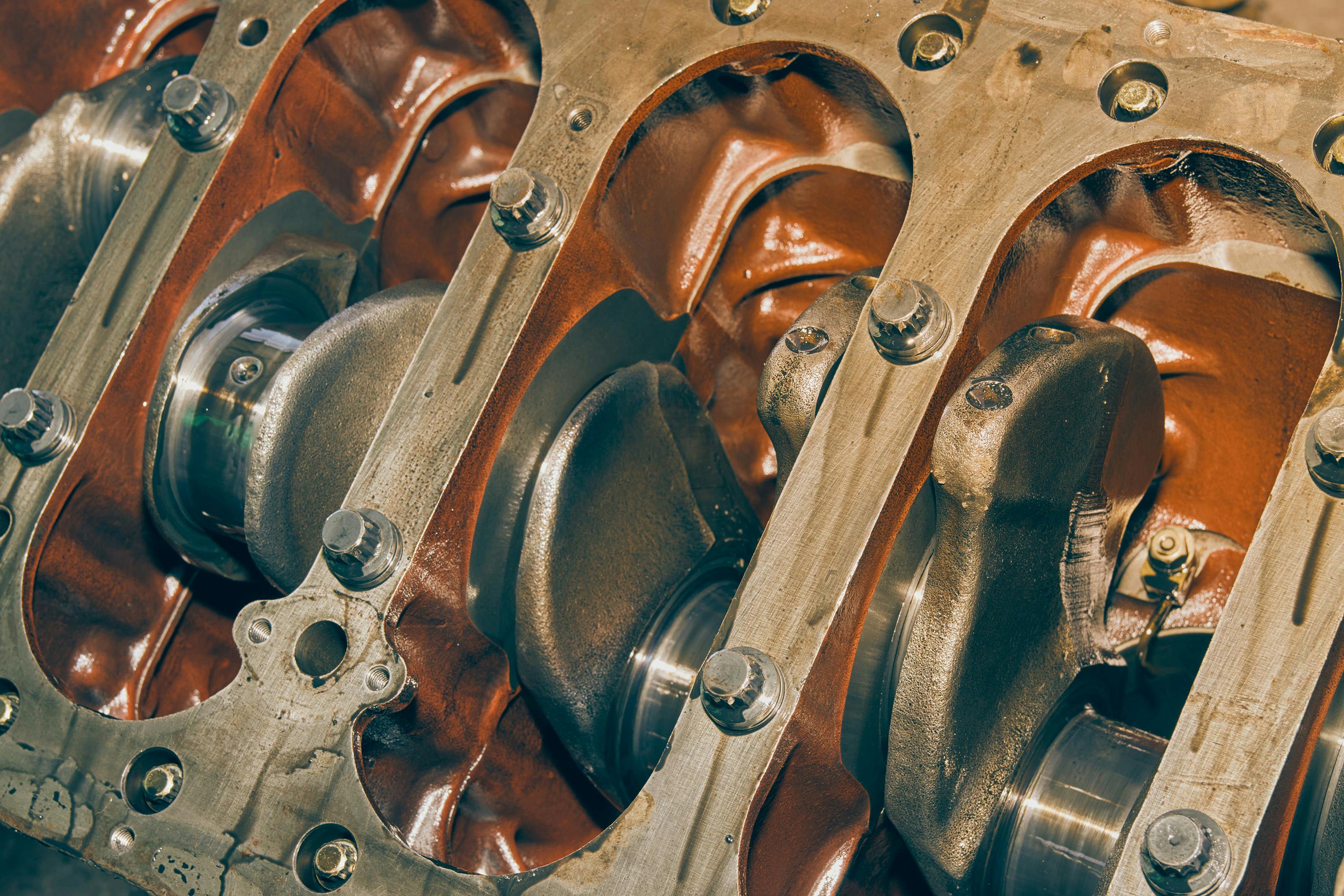How often should I have my cars crankshaft inspected for damage?

This is not an easy question to answer because it is rarely, if ever, cost-effective or practical to disassemble an engine just to see if one or more bearing journals might be damaged. Thus, from a cost perspective, it helps to remember that if an engine had been serviced and maintained to OEM standards over its life, or even for most of its life, the crankshaft would almost certainly be in good to excellent condition, and free of meaningful damage of any kind.
However, one of two major complicating factors is the fact that even if a crankshaft had suffered meaningful or even significant damage as a result of poor or reduced lubrication for whatever reason, this damage might go undetected for relatively extended periods if the damage does not cause mechanical knocking or thudding noises that correspond to the engine speed. In fact, in many cases, damage caused by poor or restricted lubrication might go undetected until the crankshaft fails catastrophically, at which point it would be safe to assume that the crankshaft had either been severely damaged or destroyed.
The other major complicating factor is that although a low oil pressure level (as indicated by an oil pressure gauge in the dashboard) is usually a reasonably good indicator of the condition and/or operation of the engine’s lubrication system, not all cars are equipped with oil pressure gauges. The practical effect of this situation is that if a vehicle is equipped with an oil pressure gauge, an attentive driver might notice the low oil pressure and switch off the engine in time to prevent major or even fatal engine damage from occurring.
Conversely, if a vehicle only has an oil warning light instead of an oil pressure gauge, this light may or may not indicate a low oil pressure condition in time for a driver to prevent serious or fatal engine damage from occurring. In fact, on many older vehicles, the first sign of a low oil pressure condition often only occurs when loud knocking noises begin, or worse, when the engine seizes.
Nonetheless, undetectable crankshaft damage does occur, so let us look at an example of such damage that was only discovered when the engine was disassembled to replace the oil pump to correct a low oil pressure condition. It turned out, though, that the oil pump was in excellent condition, and the real cause of the low oil pressure turned out to be a build-up of sludge on the screen/strainer of the oil pump's pick-up tube that restricted the flow of oil to the oil pump.
